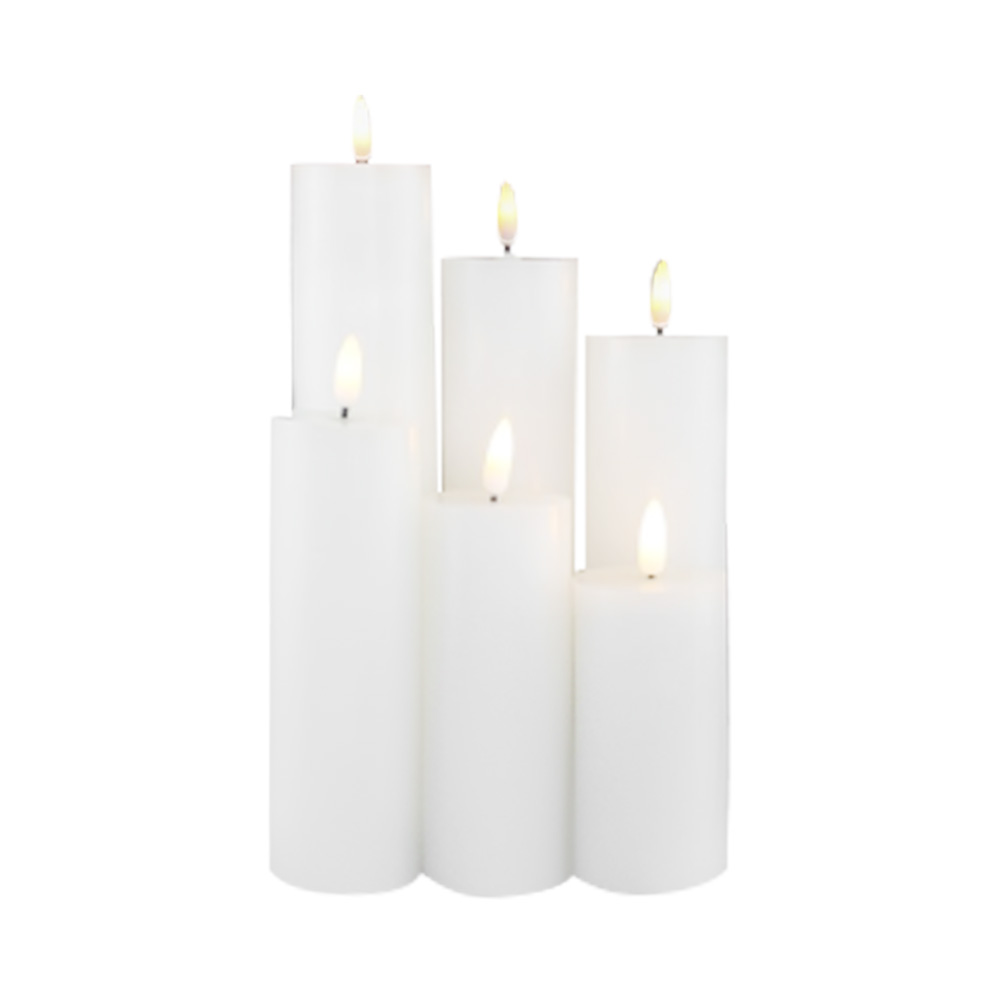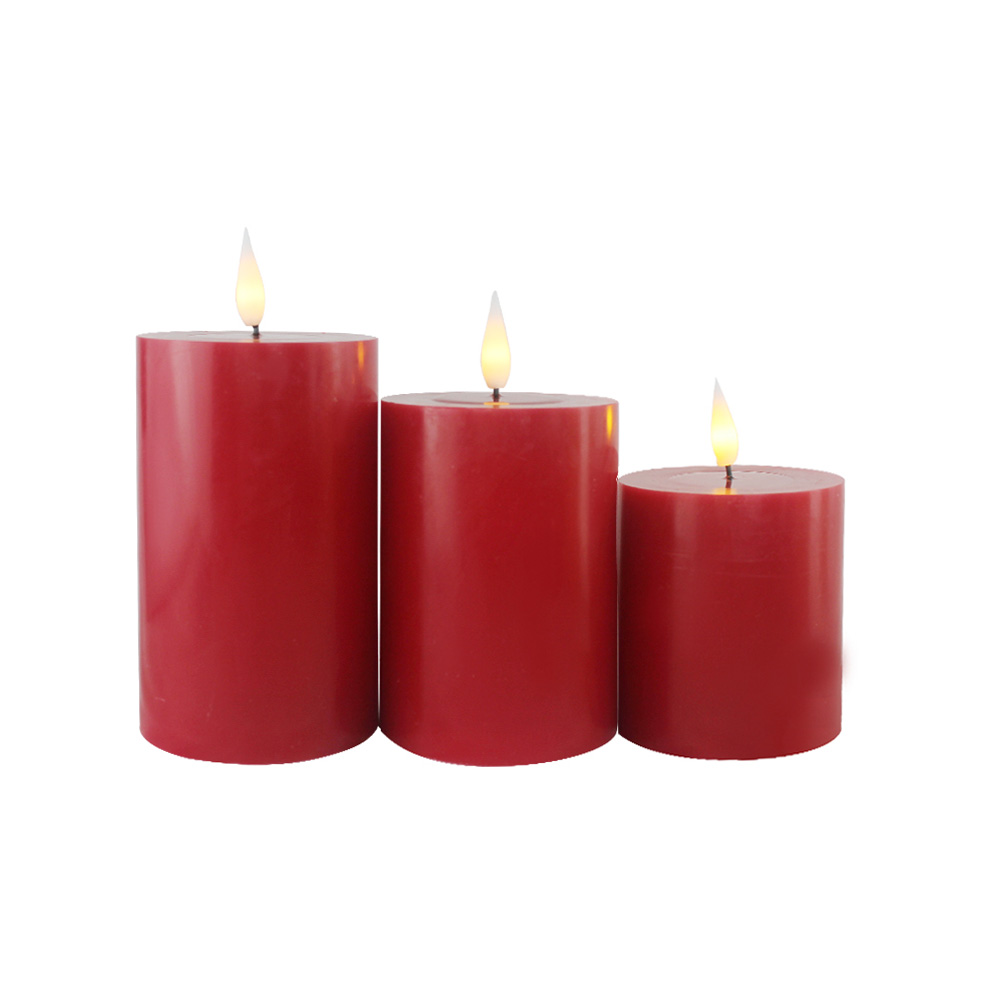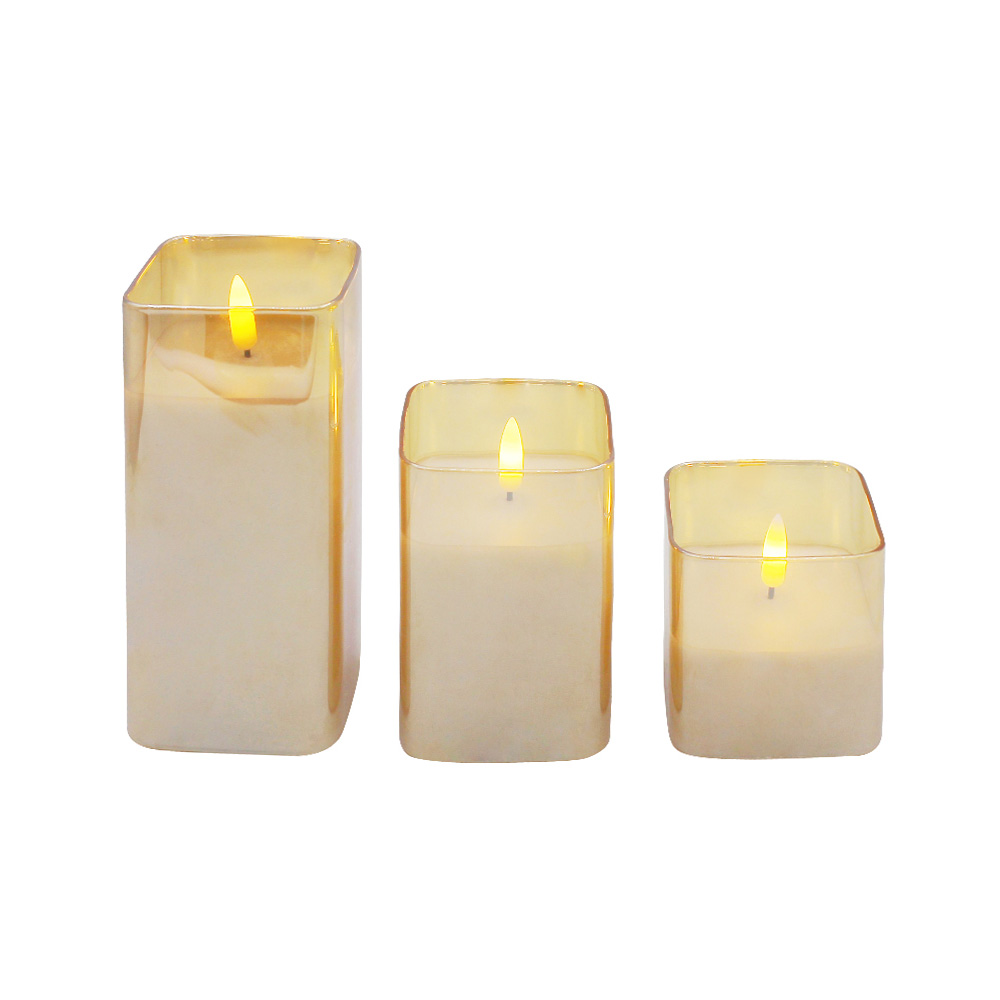Can LED electronic candles be used outdoors, and are they weather-resistant?
Introduction to Outdoor Use of LED Electronic Candles
LED electronic candles have become increasingly popular as a safe and energy-efficient alternative to traditional wax candles. Their versatility allows them to be used for decorative purposes in homes, restaurants, events, and even outdoor spaces. However, when considering outdoor applications, questions often arise about their weather resistance, durability, and overall performance. This article explores the suitability of LED electronic candles for outdoor use, their resistance to environmental factors, and the key features to consider when selecting candles for exterior applications.
Design and Construction of LED Electronic Candles
LED electronic candles are typically constructed with a combination of synthetic or plastic materials and electronic components, including light-emitting diodes (LEDs), battery compartments, and sometimes flickering mechanisms that simulate real flames. High-quality models intended for outdoor use are often equipped with weather-resistant housings, such as waterproof or water-repellent casings, to protect the internal electronics from rain, moisture, and dust. Some models may include rubber gaskets, sealed battery compartments, or coated LEDs to enhance resistance to environmental factors.
Water Resistance and IP Ratings
One of the most important considerations for outdoor use is the candle’s water resistance. Many manufacturers provide IP (Ingress Protection) ratings, which indicate the level of protection against water and solid particles. For example, an IP44 rating signifies that the LED electronic candle is protected against splashing water from any direction, while an IP65 rating indicates full protection against water jets and dust. For outdoor installations, selecting candles with appropriate IP ratings ensures that they can withstand rain, dew, or occasional splashes without malfunctioning.
Wind and Weather Factors
In addition to water resistance, outdoor LED electronic candles must withstand other environmental conditions such as wind, temperature variations, and sunlight exposure. Lightweight plastic models may be susceptible to tipping over in strong winds, so some outdoor models include weighted bases or mounting options to stabilize the candle. UV-resistant coatings are also beneficial, as prolonged exposure to sunlight can fade colors or weaken plastic materials over time. Temperature tolerance is another factor, with high-quality outdoor LED electronic candles typically rated to operate within a range from -10°C to 50°C, ensuring functionality in different climates.
Battery Life and Power Considerations
Outdoor use may place additional demands on battery performance due to longer operational hours and temperature extremes. LED electronic candles generally use AA, AAA, or rechargeable batteries, and energy-efficient LED technology helps extend battery life. For outdoor applications, it is important to select models with extended battery capacity or the ability to use rechargeable batteries to reduce maintenance. Some professional LED electronic candles may also support solar charging, which is particularly useful for gardens, patios, or walkways, providing continuous illumination without frequent battery replacement.
Safety Advantages of Outdoor LED Electronic Candles
Compared to traditional wax candles, LED electronic candles offer significant safety benefits for outdoor use. There is no open flame, reducing the risk of fire, accidental burns, or damage to nearby structures. Additionally, LED electronic candles do not produce smoke or soot, making them suitable for use near plants, furniture, or decorative fabrics. Safety certifications, such as CE or UL marks, indicate compliance with electrical and safety standards, which is particularly important for outdoor installations where exposure to weather and moisture can increase risks.
Practical Applications for Outdoor Spaces
LED electronic candles are increasingly used in outdoor spaces for both functional and decorative purposes. They can be installed along pathways, in garden beds, on patios, or around event venues to provide ambient lighting. Their programmable features, including timers and flickering modes, allow for aesthetic flexibility and reduced energy consumption. High-quality outdoor LED electronic candles can replicate the warm glow of traditional candles, contributing to a pleasant atmosphere while remaining weather-resistant and low-maintenance.
Comparison Table of LED Electronic Candle Features for Outdoor Use
| Feature | Indoor Model | Outdoor Model |
|---|---|---|
| Water Resistance | Minimal, usually IP20 or no rating | IP44 to IP65, protected against rain and splashes |
| UV Resistance | Not typically treated | UV-resistant coatings to prevent fading |
| Stability | Lightweight, may tip easily | Weighted base or mounting options for wind stability |
| Battery Life | Moderate, designed for indoor use | Extended or rechargeable battery options, sometimes solar-powered |
| Safety | Low risk indoors, away from flammable objects | High safety, no open flame, suitable for outdoor environments |
Maintenance Tips for Outdoor LED Electronic Candles
Regular maintenance can extend the lifespan and performance of outdoor LED electronic candles. Users should periodically clean the exterior to remove dust, dirt, or plant debris. Battery compartments should be checked for corrosion or moisture, and rechargeable batteries should be replaced according to manufacturer recommendations. Covering candles during extreme weather or removing them during heavy storms can further protect electronics and housing materials. For solar-powered models, keeping the solar panels clean ensures efficient energy capture and reliable operation.

Ningbo Weizhi Electronics Co., Ltd.
- We will be pleased to provide products with high quality, reasonable price, punctual delivery and best service for you!
GET A QUOTE
No.16, Zhuangqiao Loujia Xinqiao 3rd Road, Jiangbei District, Ningbo china
-
 +86-18067520996
+86-18067520996
-
 +86-574-86561907
+86-574-86561907
-
 +86-574-86561907
+86-574-86561907
-
 [email protected]
[email protected]
Copyright 2024 Ningbo Weizhi Electronics Co., Ltd. All Rights Reserved.




 English
English Deutsch
Deutsch







